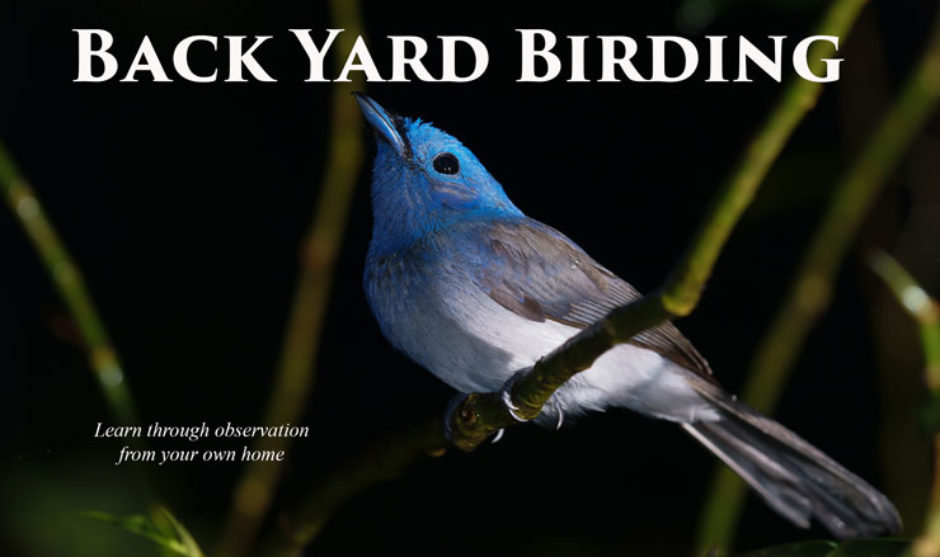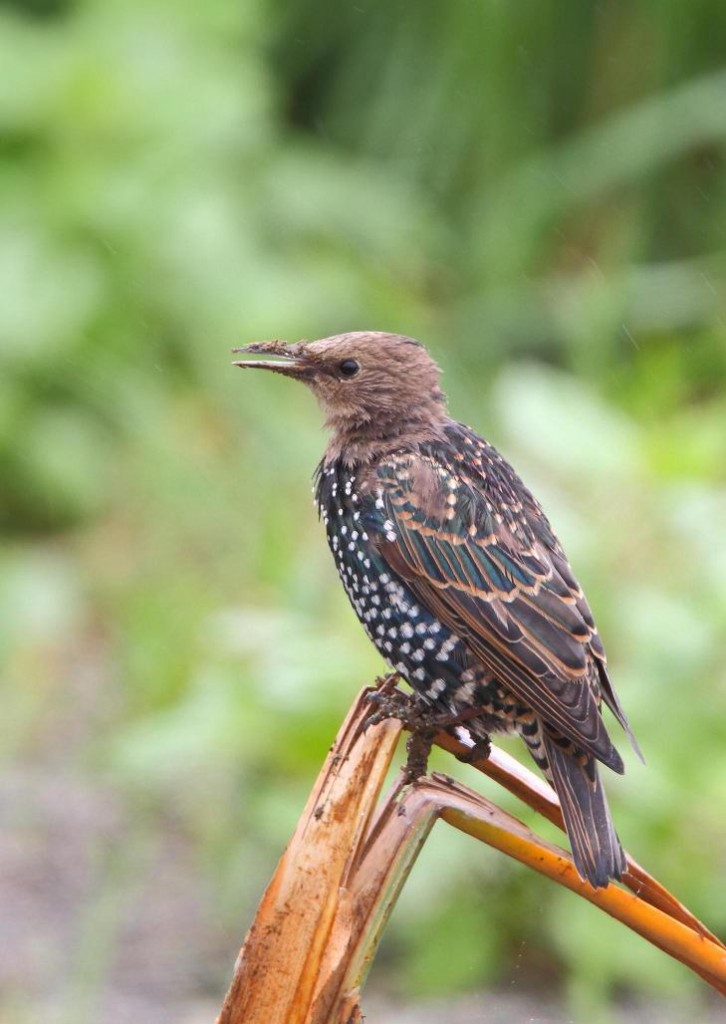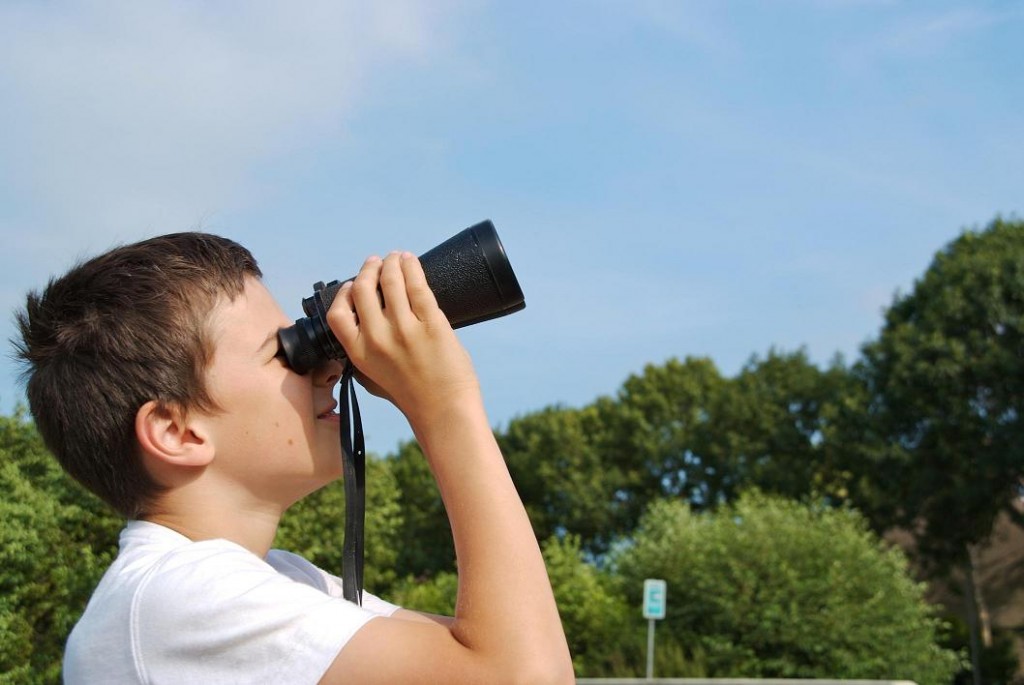Science is not just about molecules and atoms, but about biology, and our most budding scientists are young, so it makes perfect sense to find time to involve children by using birdwatching for kids. Finding time to explain each of the birds you see in your yard, buy them some binoculars that are their own, can allow them the empowerment of learning, from their own back yard. Birds are a great way to learn about species, latin or scientific nomenclature for birding, and bring new skills for emerging biologists in your neighborhood.
Birdwatching for Kids begins with Biology
Your new bird watcher can learn about species, types of birds, and the way they live in the wild with a simple set of tools. Heading to the library, you can check out some bird reference books, and learn about basics of birds or the science of Ornithology, starts with learning about the parts of a bird. Birdwatching for kids involves more than seeing the brown bird, but understanding the actual ways to recognize the different species, by visual cues like their anatomical features.
Birdwatching for kids can be greatly improved by watching, and reviewing these anatomical sections of each bird you see in your back yard:
Crown: top of the head
Eye stripe: Usually the mark on top of the beak or forehead
Nares: directly on top of the beak, the little transition from eye stripe to beak
Auriculars: the Upper Mandible and Lower Mandible is the top and the bottom section of the beak
Nape: the back of the head
Chin: under the beak
Side of Neck: either side of the bird between chin and nape
Throat: front of the bird below chin
Mantle: Area on back, above wings
Back: just below mantle
Breast: Across from back and mantle under throat
Scapulars: the bend of the wings
Shoulder: The upper top of the wings
Wing Covers: the loose upper feathers that float over the wings
Side: Lower sections of the breast
Secondaries: The second tier feathers of the wings
Rump: the longer back feathers on the back above the tail
Abdomen: Below breast, or belly of the bird
Upper tail coverts: the Longer feathers of the back close to tail
Under tail coverts: Under longer feathers of the tail top
Rectrices: the Tail feathers that create the beauty of the bird
Birdwatching for Kids involves some tools
Now that you have some terms to use in your birdwatching experiences, a set of binoculars, a good bird field guide with pictures and descriptions, and a comfortable chair, is a great way to start. Begin with adjusting the binoculars for your little ones eyes, and let them try them out in a stationary position. Do not let them wander the yard with the binoculars glued to their eyes, as it will be important to show them that this can be too dangerous, as they could walk into obstacles or fall in a dip in the yard.
Sitting in a chair is a great way to adjust to using the binoculars with the book. A little table for a drink and a place to place the tools is important too. The weather should be considered, and there is no reason you can’t do this in the winter as well, as the empty trees often are a better way to see the birds. A cloudy day is sometimes better, as it makes it easier to spot the birds, and to see them in the trees without glare from the sun. When you spot a bird, confirm with your own set of binoculars, and see if you can locate the bird in the book.
Learning about that bird can then begin to start the biology training. The size, shape and the calls of the birds can be witnessed in real time. A journal for your child can be helpful too, as birdwatching for kids can be a way for them to be apart of the birdwatching community. Once a species is spotted, they can log into a web site like the Cornell Lab of Ornithology, and begin their career as a bird watcher or spotter.
Birdwatching for Kids can be Fun
While they are learning about birds, they are learning to love nature, find a way to be quiet, and encounter a patience that can assist them in life. Being a bird watcher requires this quality and talent, and it can be a great way to see that the best things in life come to those who wait. If you are interested in becoming a birdwatcher, you must endure some time between birds. Another option is to place a feeder, some water, and that will help your new bird watch to become more active.
Find some time with your children, by finding time during your week to experience birdwatching for kids in the near future!


